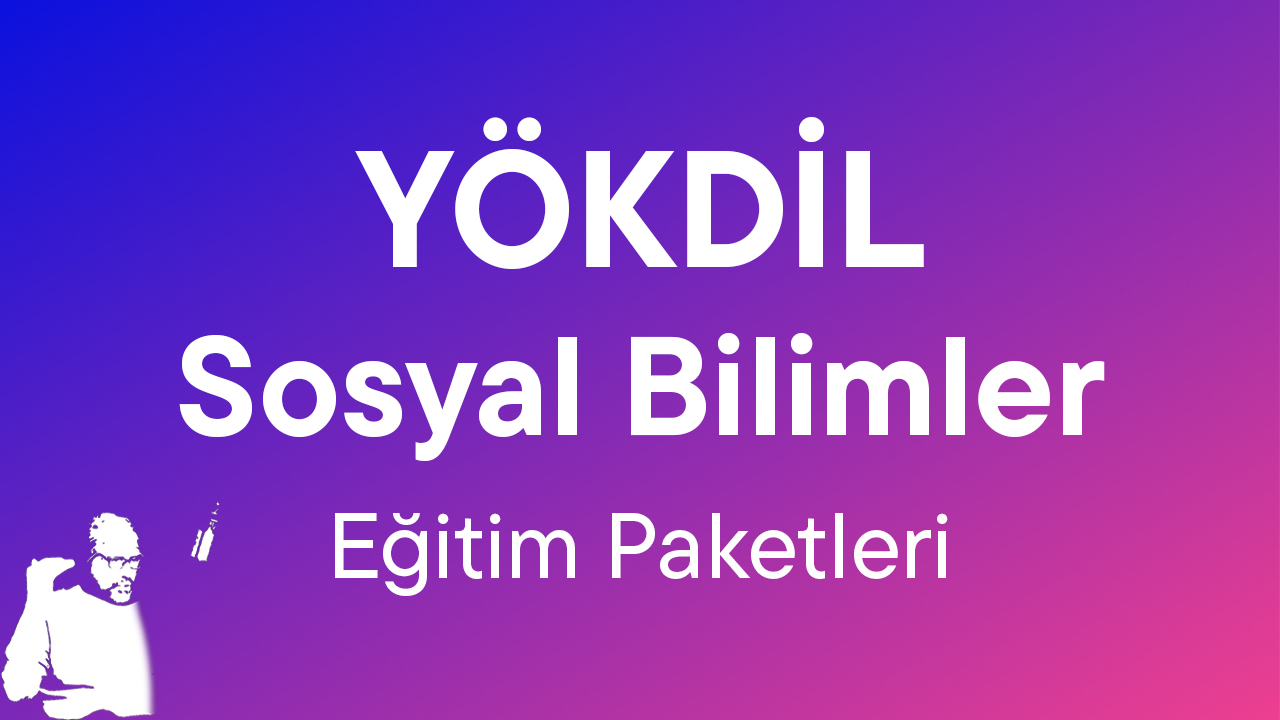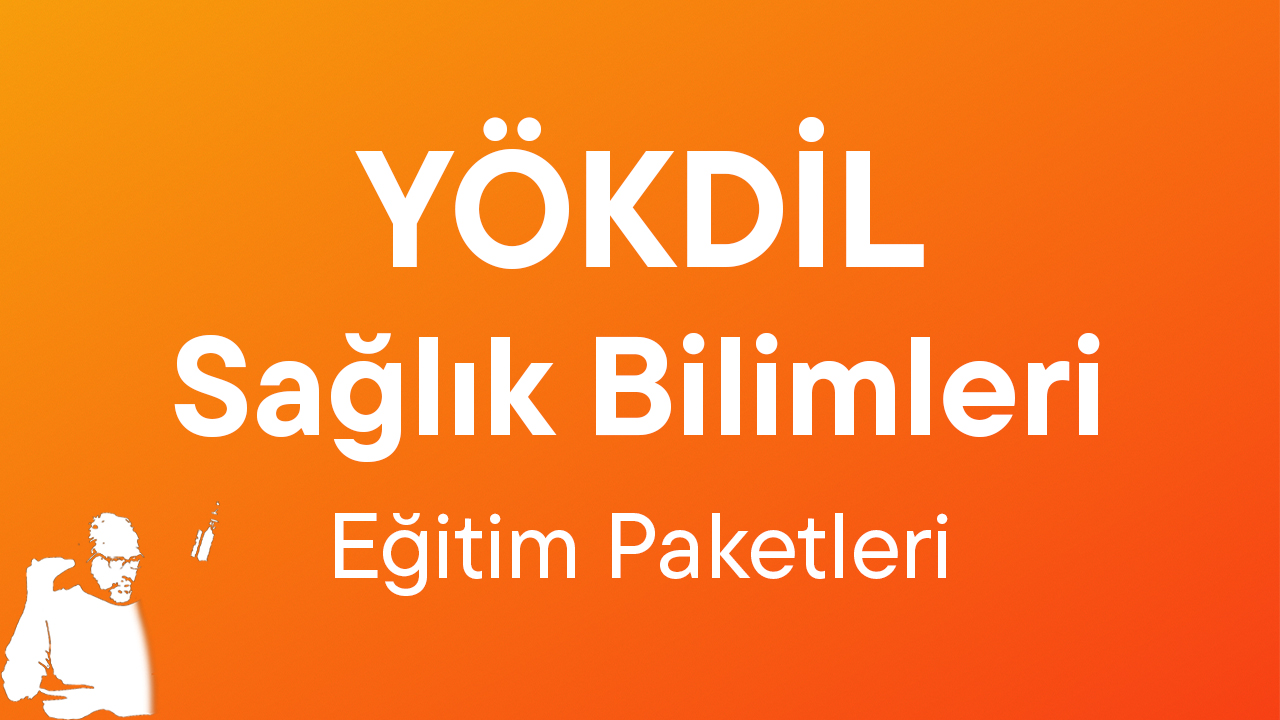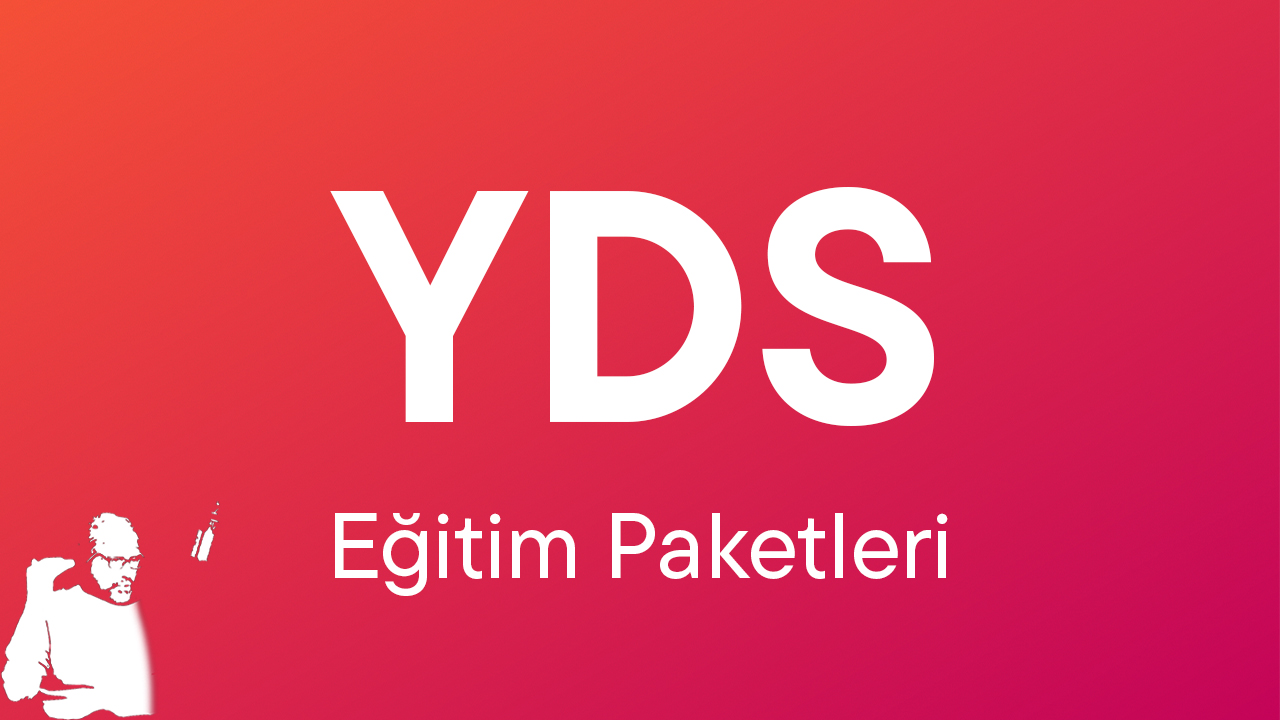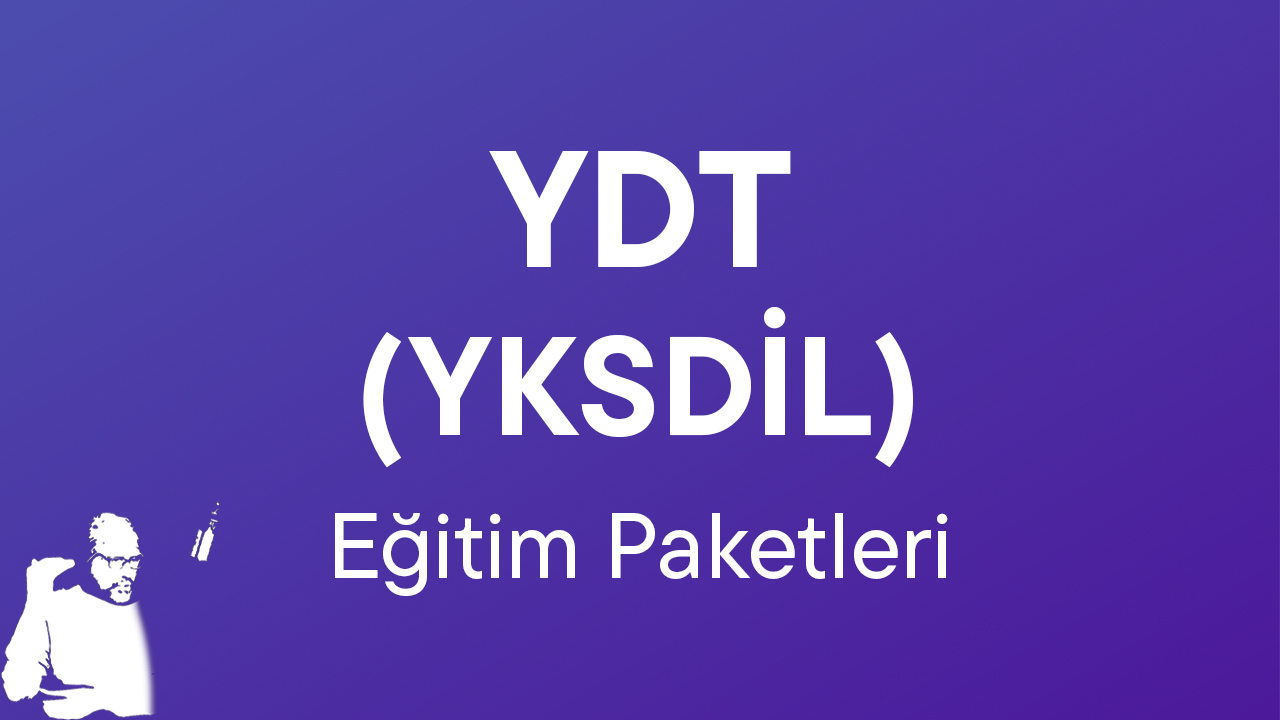How long is the Listening paper?
The Listening paper is the same in both the Academic and the General Training modules of the IELTS test. It takes about 30 minutes. After the recording has finished, you have ten minutes to transfer your answers onto the answer sheet.
What type of information will I hear?
The Listening test is the first part of the IELTS examination. It consists of four recorded sections, each covering a different type of language and context. There are ten questions in each section and each question carries one mark.
- In Section 1, you will hear a conversation between two speakers in a social or semi-official context (check out the example).
- In Section 2, you will hear a talk by a single speaker based on a non-academic situation (check out the example).
- In Section 3, you will hear a conversation with up to four speakers based on academic topics or course-related situations (check out the example).
- In Section 4, you will hear a university-style lecture or talk (check out the example).
Will I hear the recording more than once?
It is important to remember that you will hear the recording only once. To help you prepare, you will be given some extra time at the start of each section. During this time, you should read the questions carefully.
How is the Listening paper assessed?
You will be asked a total of 40 questions. In order to assess how much of the recording you understand, the questions will usually paraphrase (use different words with a similar meaning) the words that are in the text.
What types of question will I need to answer?
There are 10 questions in each section, and there is a variety of question types. For some types, you need to write words or numbers that you hear.
- forms/notes/table/flow-chart/summary completion
- short-answer questions
- sentence completion
For other tasks, you need to choose an option from a list and write a titter on your answer sheet.
- labelling a diagram/plan/map
- matching
- multiple choice
How do I answer the questions?
The instructions and the questions will tell you what type of information you need to listen for, and the type of answer you need to give. Listen carefully to any instructions you hear on the recording. Follow the instructions on the question paper carefully. In this unit, you will be able to practise all of these question types.
How can I improve my Listening paper score?
You can improve your score by following the instructions carefully, and remembering the Test Tips here. Before the test, try to listen to accents from a variety of English-speaking countries. Studying all aspects of English (including vocabulary and grammar) will also help improve your IELTS score. If you make any mistakes in the practice exercises, make sure that you listen to the recording again and check your answers carefully in the Answer Key.
Remember that test tips alone will not be enough to succeed in IELTS. In order to do well in the test you must prepare and practise your English during the months and weeks leading up to the test.
Examiner-approved Listening tips
- At the beginning of each section read the questions for that section carefully, before the recording starts. This will help you to follow the recording and identify the answers.
- After completing a section, it is better to look ahead and read the questions for the next section than to worry about the last section.
- You will sometimes have a list of options to choose from as answers. The possible answers may be listed in alphabetical order and not necessarily in the order you will hear them.
- Be careful to note word limits. If there is an instruction: Write no more than two words, writing more than two words will mean you will receive no marks at all for your answer, even if some of the words were correct.
- Try to listen for key words or synonyms (words that have the same or nearly the same meaning as another word) from the question to help you identify the answer. For example, in the recording you might hear: "She likes going to the gym and playing tennis". On your answer sheet, this could appear as "She is an active person."
- You may be asked to write down words that have been spelled out in the recording. In order to do this well, you need to know the English alphabet and how each letter is pronounced (for example, the letter 'W' is pronounced as 'double-u').
- Listen carefully for words which indicate which stage of the recording you are listening to, e.g. 'firstly', 'my next point', 'to sum up'. These words will help you identify which question you have reached.
- As you are listening to the recording, cross out options which don't fit. This makes it easier for you to find the right answer.
- If you are writing dates as an answer to any question remember that there are several correct ways to write them (e.g. 24th April, April 24 and 24 April are all correct).
- If there are questions you cannot answer leave them and move on to the next question. This will help you to stay calm and positive. Go back to those questions at the end, if you have time.
- After the last recording has ended you have ten minutes to transfer your answers from the Listening booklet to your answer sheet. Don't make the mistake of copying these answers across to the answer sheet in between sections or you may miss important information about the next section of the test. Wait until the end of Section 4 before transferring your answers.








